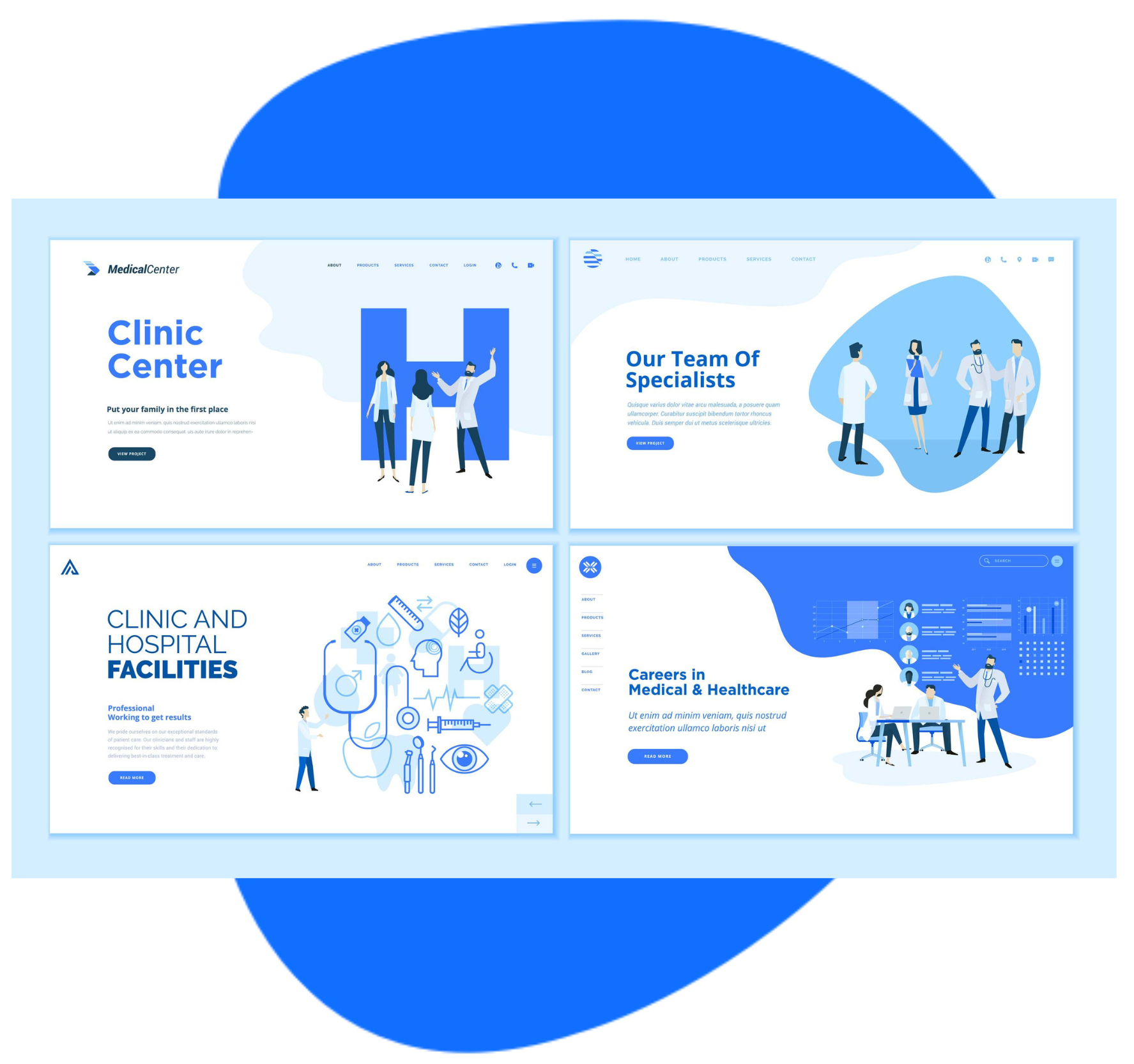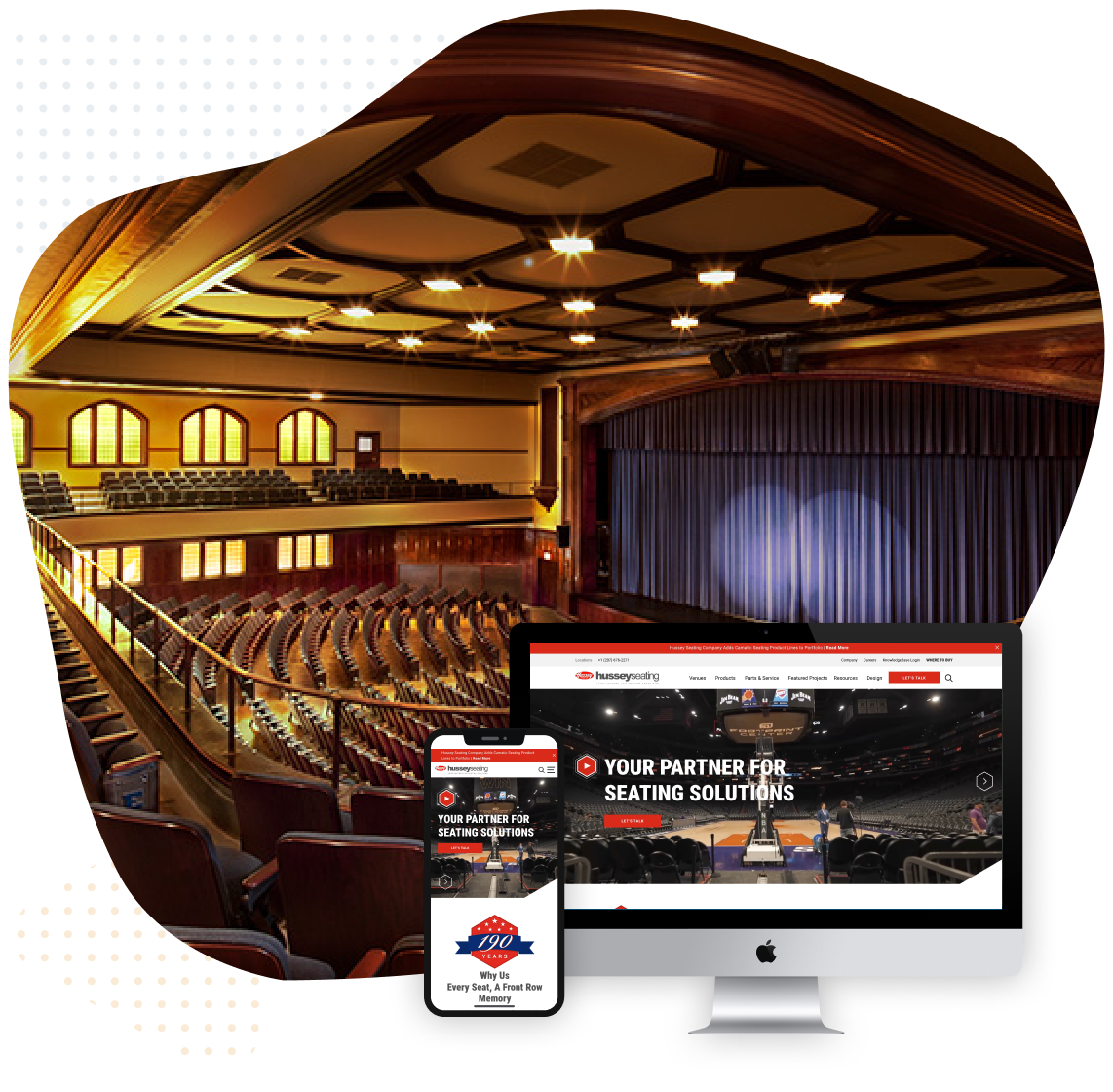In the vast digital landscape, websites have become the cornerstone of online presence for businesses and individuals. Behind the polished and functional websites we see, there is a process involved in bringing them to life. Understanding the tools and techniques used in the creation of a website is crucial for anyone involved in web development or seeking to establish their online presence.
To explore this further, we will unveil the process of creating a website, exploring the essential tools and techniques used to bring ideas to fruition.
Ideation and Planning
The birth of a website begins with a solid foundation of ideas and planning. During the ideation phase, brainstorm concepts, objectives, and target audience considerations. Identify the purpose and goals of the website and conduct thorough research to understand market trends and user expectations.
Tools such as mind mapping software, project management tools, and user persona templates can help organize and structure your ideas effectively.
Wireframing and Prototyping
Once the ideas are crystallized, it’s time to translate them into visual representations. Wireframing tools like Sketch, Adobe XD, or Figma help create a skeletal structure of the website, outlining the layout, content blocks, and navigation. Prototyping tools allow you to create interactive mockups to simulate user interactions and validate the user experience.
These tools provide a visual blueprint for the website, facilitating collaboration and decision-making during the development process.
Design and Visual Elements
The design phase involves crafting the visual identity of the website. Graphic design tools like Adobe Photoshop or Illustrator are essential for creating visually appealing elements such as logos, icons, and custom graphics.
Use colour palette generators and typography tools to establish a cohesive and aesthetically pleasing design. Collaborate with designers to ensure that the visual elements align with the brand identity and create a positive user experience.
Development and Coding
Once the design is finalized, it’s time to transform it into a functional website. Web developers utilize coding languages like HTML, CSS, and JavaScript to build the website’s structure, layout, and interactivity.
Integrated development environments (IDEs) such as Visual Studio Code, Sublime Text, or Atom provide a robust coding environment with features like code completion, debugging, and version control. Collaboration platforms like GitHub facilitate seamless teamwork and code sharing among developers.
Content Creation and Management
Content plays a vital role in engaging website visitors and conveying the intended message. Use content management systems (CMS) like WordPress or Drupal to streamline content creation, editing, and publishing. These platforms offer user-friendly interfaces and various plugins or modules to enhance functionality.
Content collaboration tools like Google Docs or Microsoft Office 365 enable multiple contributors to work on content simultaneously. Effective content management ensures that the website delivers relevant and high-quality information.
Testing and Quality Assurance
Before launching a website, thorough testing and quality assurance are essential. Use testing tools like BrowserStack or CrossBrowserTesting to ensure that the website displays correctly across different browsers and devices. Perform functional testing to identify and fix any bugs or issues.
Accessibility testing tools like WAVE or Axe help ensure that the website adheres to web accessibility standards. Regular testing and quality assurance contribute to a smooth user experience and overall website performance.
Deployment and Hosting
Once the website is thoroughly tested and refined, it’s time to deploy it to a hosting environment. Web hosting services like Bluehost, SiteGround, or AWS provide platforms to host and manage websites. Consider factors such as server performance, scalability, and security when choosing a hosting provider.
Ensure that the domain name is registered and connected to the hosting environment. Proper deployment and hosting guarantee that the website is accessible to users worldwide.
Maintenance and Analytics
The birth of a website is not the end of the journey but the beginning. Regular maintenance and updates are crucial to keep the website secure, functional, and aligned with evolving needs.
Use analytics tools like Google Analytics or Hotjar to gather insights about user behaviour, traffic sources, and conversion rates. These insights help optimize the website’s performance, content strategy, and user experience based on real data.
Leverage the Latest Tools and Techniques For Website Creation
The birth of a website involves a meticulous process that requires the right tools and techniques. From ideation to deployment, each step contributes to creating a successful online presence.
By understanding the tools and techniques involved, businesses and individuals can embark on their website journey with confidence.
And if you’re looking to create your dream website, Sayenko Design is here to help. As a trusted web design Seattle agency, we specialize in creating visually stunning and highly functional websites tailored to your needs.













